Hello everyone and welcome to the seventh issue of our full-length collector interviews. This is a HUGE interview, both in length and its quality. Not only do we cover a load of questions but the collector under the VSWC spotlight is one of the superstars of our hobby; that’s right, Javier Ruilopez is coming at us straight out of Spain. Javi is an overflowing fountain of knowledge and wisdom in regards to Spanish vintage collecting, particularly PBP/Poch; that regularly misunderstood Spanish line of SW collectibles. He is actually very close to releasing a book on the subject and from what I hear this is going to be an absolute corker of a collecting resource.
Here’s the cool dude himself…
When it comes to variant collecting, PBP/Poch figures are incredibly hard to identify and even harder to find. I’m always in awe at the knowledge and willpower of collectors who focus on these figures. The amount of mis/disinformation out there about this line borders on the ridiculous, but lucky for us Javi is here to clear up some of these misunderstandings.
Javi may not be as well known to people who focus on collecting Kenner and who are mainly U.S focussed but I can tell you now that he is an absolute giant of the hobby. Not only is Javi a legend of Spanish collecting but he is also a legend of a bloke (as we say in Australia) and is a gentleman to boot. I love watching him debate with other PBP/Poch collectors and it’s obvious to all how passionate he is about our hobby. I know Javi’s book has been draining on him so we appreciate his effort to appear in this segment.
In a VSWC blog first, I’m actually welcoming a co-interviewer this time around; my friend and variant collecting aficionado Kenneth Baekmark. Kenneth is straight out of Copenhagen and has been active on the collecting scene for years. He actually sold me my first ever PBP figure (a pale faced Luke Hoth) and we have been friends ever since, even meeting up a couple of times. I once hung out with Kenneth and our collecting friend Marco Jay and watched and listened to them going through Marco’s huge PBP/Poch collection of figures. I’m no variant dummy but I felt pretty stupid that day…..I actually kept the identity of my guest co-host a secret from Javi until after he answered all of the questions. Was a bit of fun for all of us. Well welcome to Kenneth and thanks for your help with this interview.
Kenneth looking pumped and ready to drill for PBP knowledge.
Well enough superlatives from me, let’s kick this interview off!
1. Welcome Javi! Thanks for joining us today on the blog. Now I know you might be surprised that I said “us,” as it’s usually just yours truly doing these interviews but today I thought I’d enlist a very special guest to help me take you through the questions. All the way from Denmark, it’s none other than Kenneth Baekmark himself! I’m going to ask the first few questions but then I’ll let Kenneth take over so you dudes can get into the real nitty gritty details of variant collecting, particularly from the perspective of an experienced Spanish collector like yourself.
First off, I always like to get the most important question sorted. I’ve been to Spain several times – Barcelona, Madrid, Ibiza, and Tenerife. I absolutely love it there. I’ve travelled the world quite a bit, so I feel that my assessment on the following issue is informed and evidence based. Do you agree with me that Spanish women are the sexiest in the world?
Javi: LOL! Indeed! The girls around here are pretty, however I would have no problem spending some time with any other foreign woman! LOL!
VSWC: Well that’s good to hear Javi. There may be some single foreign women out there reading this interview who can’t help but find themselves attracted to variant collectors. It’s a very sexy area of the hobby!
2. Okay, now that the important part of the interview is over and I’ve thoroughly embarrassed myself with my sexism, I’m sure everyone would like to know a bit about Mr Ruilopez. First off, in what part of Spain are you based ?
Javi: I live in Talavera de la Reina (Toledo), 100km from from Madrid. I live in the centre of Spain.
VSWC: Is this where you grew up?
Javi: Yep, I was born and raised here in Talavera.
VSWC: So being from the Madrid area, does that make you a fan of the film director Pedro Almodovar?
Javi: To be honest i do not consider myself a fan of Almodovar but I have seen and enjoyed most of his films, (mainly the early filmography), he is very good at filming the underground/misfit part of Spanish society. Also he is well respected as a director here in Spain.
VSWC: Are all the people from your region as wacky as Almodovar’s characters?
Javi: You would be surprised how close some people here are to Almodovar´s characters! LOL!
3. Now I know you are involved in the art world, but what exactly do you do for a living?
Javi: I have been a professional art restorer/curator since the last 15 years. I am specializing in paintings and materials.
VSWC: Wow no wonder you are so knowledgeable when it comes to variants! I think another well-known variant collector, Wolff, is also an art restorer. Definitely makes sense.
4. So other than the obvious Star Wars and artistic interests, what other passions do you have?
Javi: I love my little boys and girls; my cats (I share my home with seven of them LOL!), besides that I am quite interested in history, mystery radio programs, photography, music and movies.
VSWC: Wow that’s a hell of a lot of cute cats. You definitely like collecting!
5. I have to be honest I don’t know a lot about the history of Star Wars in Spain. Did you guys get the films around the same time as in the United States?
Javi: As far as I know – but I could be wrong of course – Star wars “A new Hope” hit the cinemas on 7th November 1977, so around six months later than the United States…
VSWC: When did you yourself get the chance to see one of the original trilogy at the cinema? Were you an addict straight away?
Javi: When SW (ANH) was played for the first time in Spain I was only one year old, for ESB, I was still too young I think. The first SW film I watched was ROTJ. My aunt brought my brother and I to a cinema in Madrid, I fell in love from the moment I watched that film.
VSWC: As a kid, what was your favourite part of the movie?
Javi: As a kid the Endor Battle, no doubt!! But as an adult, i love Jabba´s Palace scene!
VSWC: Were the films dubbed in Spanish or did you get to hear the original actor’s voices?
Javi: The films were dubbed in Spanish; I only heard the original voices once the DVD editions were available.
6. So do you remember getting your first Star Wars figure?
Javi: I remember perfectly the first figure I had. It was a Saturday, my grandfather brought my brother and I to the toy shop, where I chose the AT-AT driver, my brother the Tie Fighter pilot. It’s a good memory about my grandfather who passed away in 1994, I miss him deeply.
VSWC: I’m sorry to hear that. But it’s cool that he was such an important part of your Star Wars story. So do you still have any of your childhood figures?
Javi: I still have some of my childhood collection; around 20 figures or so.
7. What Star Wars product lines did they have in the stores in Spain back then?
Javi: Here, we had: brain teasers, puzzles, kites, model kits and of course the action figures. BTW we also had trading cards and little plastic ones – Dunkin type- figures.
8. Did you stop collecting at some point or did you continue right through until the present day?
Javi: As a child, I stopped buying figures around 1987-88 or so, I was 11 years old back then. I loved playing basketball and skating, after that, music and girls took over all my interest. During the following years I used to buy modern SW stuff, but nothing major. In 1997 during the first year of my studies in Madrid, I bought my first figure as an adult collector, it was a loose Bib Fortuna. After that I used to spend my very limited spare money to buy vintage stuff here and there. I was 21 year old.
9. Now I know you are a variant collector, a well-known one at that, and that you also collect bootlegs. But what exactly do you focus on?
Javi: I do collect loose figures; mainly figure variants from all over the world: Kenner, Glasslite, Toptoys, Meccano, Popys, Takara, Lili Ledy and of course my beloved PBP figures. Besides the licensed lines I also collect Uzay figures, which are currently the only ones I am looking for, as most of the other lines I completed a long time ago.
VSWC: Javi was kind enough to share with us his basic PBP set.This is the first time he has shown a full set of pictures of his complete set of PBP figures, exclusively for our readers! These photos sincerely blow me away.
Early PBP Production (so called Poch variants)
Late PBP Production (so called PBP variants)
Javi’s old display of variants back in 2006-2007
Javi’s old display of basic Kenner figures
Mexican Lily Ledy complete set with variants
Complete set of Top Toys, Glasslite and Takara
French trilogo/Meccano variants
Complete set of Popy figures
Uzays
10. Javi I’m still reeling from those photos! Wow just wow. A loose collector’s dream. So is vintage collecting popular in Spain these days?
Javi: It seems so!
11. Do you get to meet many collectors face to face?
Javi: Yes sure! And it was great! During the making of the book I met Sergio Sierra, Luis F.Antelo, Jota, Agustin Diaz, Angel Martinez, Javier Tamayo, Sergio Garcia, Dario Diaz, Enric Rovira; to name just a few……I also recently met Marco Jay in Madrid, we had a great weekend together!
Some photos of Javi and his collecting friends. From left to right: Javi, Dario Diaz, Luis F.Antelo, Enric Rovira, Jota, Sergio Sierra and Javier Tamayo. Some very big names in the world of Spanish collecting.
Photo from Marco’s recent trip to Madrid. From left to right: Javi, Sergio Sierra and Marco Jay (aka DrDengar). Collecting aside, they are three A-class guys in my books!
12. Will you be at Celebration London?
Javi: I definitely will be there. I am really looking forward to meeting good and old friends next summer.
13. Ok let’s chat about something that a lot of us are excited about – your upcoming book! First up, what is the title and what will it be about?
Javi: The book will be called: Star Wars Made in Spain: The Comprehensive guide to PBP/Poch.
14. Kenneth gave me a few of your flyers to hand out at Celebration Anaheim and I was really impressed with the artwork and photography. Do you do all this yourself?
Javi: Thanks for your kind words about the flyer design, that one was indeed my own design. I am really worried about taking really good pics for the book, I have done 99,99% of the pics which will be included, and I like to work very closely with the person in charge of the design, sometimes though I am way too picky with the design. I am a perfectionist in all of my jobs, not only with the book but also in real life.
15. So why exactly did you decide to write it?
Javi: Well, tough question, I decided to list my findings in a book for many reasons, It’s a long history, but I think it is important to let people know about it.
In 2007 after having spent more than seven years collecting and learning about loose figures all over the world, I focused on the PBP loose stuff and quickly realized that misinformation everywhere. I started buying lots from non collectors whom were selling their childhood collections. At that time there was not mixed stuff (or almost not mixed) in collections and the figures I was buying were worth almost nothing, so I was sure I was buying real examples sold in Spain back in the 80s.
In 2010 I spoke publicly about the melt marks which were associated with certain figures found in Spain which had – what seemed- different paint schemes. You can still find the original post at TIG here:
http://www.imperialgunneryforum.com/t891p120-the-tig-pbp-poch-character-discussion-thread
VSWC: Wow that really was a big breakthrough. I’m embarrassed to admit that I didn’t realise it was you who had first raised it on the forums…
Javi: At that point only a few early produced PBP (so called Poch now) figures were known to exist: RC black boots, Black neck Lando, Han Hoth with dark chocolate pants…
After that new “discovery”, some long-time loose collectors started to do their own research. I spent the following tow and a half to three years buying lots, but now with more competition jejejej.
Since 2013 many people – mostly non collectors – realized that the so called Poch figures could be sold for good amounts of money on the collecting market. From that point researching PBP/Poch figures became a nightmare and a mess. Loads of scammers popped up in Spain trying to take advantage of the “new” and not so well known figures, they were selling regular beaten-up Kenner figures as Poch, mixing stuff, faking childhood collections so they could sell them in the classifieds sections of local newspapers and on eBay and so on…
By the end of 2012 or early 2013, I stopped researching for the reasons given above. At that time I already had documented 99% of the currently known Early PBP production (so called Poch variants).
I felt a bit guilty about the situation I had started back in 2010, so in an effort to try to stop people scamming other collectors, I decided to put all of my findings into a book so everybody could tell a “Poch” figure from a Kenner one.
As time progressed, the book became a personal challenge for me, I had information and examples of nearly 275 possible Early PBP variants, of course, not all exclusive PBP produced (now I know so 😉 …
I started writing my first thoughts and findings back in 2013, but it was not until last Xmas that I started to work on the book full time…
Now the book will be a tribute to the whole PBP production and its workers.
I only hope this study can be an useful tool for future collectors, that is my my goal.
16. How close are you to finishing?
Javi: I was expecting to have it ready this Xmas, but it is impossible for many reasons…I don’t want to set a deadline for the publication, because I am really tired and very disappointed at not been able to have it ready this December. My next target is to have it ready for CE3 in London, I will do my best for that, but if I can’t, I cant… I hope you all can understand.
17. Of course we understand Javi! It’s a massive job you have taken on so it must be exhausting. Has writing the book been more difficult than you imagined?
Javi: It’s indeed more difficult than I ever expected, just because you have to work with many people whom do not see the project as you do, and its really difficult to find the correct people to get involved…
18. Have you learnt much yourself during your research?
Javi: Indeed, I have learnt a lot about the loose production itself but also about MOCs, ships, mailers, adverts, production process, etc
19. Have you had much help from other collectors?
Javi: Absolutely!! I have had the help of the greatest Spanish and non-Spanish collectors over the past years!! You know who you are and I want to say thanks to each one of you. THANKS lads!
20. Any idea how much the book will cost?
Javi: I would love to keep the cost of the regular edition under the range of the 100 USD…
21. I’m sure you will address this in your book, but the whole PBP/POCH angle of collecting can be very murky at times and a lot of misinformation is out there. Can you please tell us, just for the record,is there a difference between the PBP line and the POCH line?
Javi: In fact there is no difference, there weren’t two companies Poch and PBP. Since the first minute in Spanish production, Poch was part of the PBP brand. If you look at the back of the so called Poch 31 cardback, you will see that the PBP logo was included. I also was able to confirm it in words of a PBP ex-employee. Novedades Poch never did any SW figures on their own, It was always under the PBP production.
22. I collect some loose variants as well but I only have three POCH figures (one from you!). I can tell you that to a non-expert these are incredibly difficult to identify. Can you give us a few brief handy tips about how to identify a loose POCH figure?
Javi: Answering that question would take a whole book LOL! Joke aside; Sometimes it is really difficult just because some of them are really close to their Kenner counterparts.
As with variant collecting of other SW lines – such as Lili ledy, Glasslite ,TopToys etc- you ALWAYS have to look for paint differences to tell them from the regular Kenner production.
PBP production has its own paint scheme – sometimes associated with RANDOM factory flaws such as melt marks, bubbles in paint, poor sonic wielding etc – BUT really pale-cream faces/hands and the use of black paint instead of the regular brown paint, are always a good sign in PBP collecting 😉
If I were a new collector of Early PBP production (so called Poch), I would go for the well known Poch figures with very different paint schemes: black neck Lando, white pants RS Hoth, chocolate pants Han Hoth, green limbs Bossk etc…
VSWC: Great tips Javi! Okay well thanks for answering all of my questions. I’m going to take a break now and let your good friend and fellow variant collecting extraordinaire Kenneth ask you some questions. I think I’ll learn something!
Javi: Thanks to you Christian for giving me the opportunity to be part of your great blog, its was an honour for me. I really enjoy every collector interview you do and I hope other collectors enjoy this interview as much as I have enjoyed it 😉 Thanks!
23. Hi Javi, It’s a great honour for me to be able to ask you a few questions here (thanks very much Christian). The two of us have known each other for many years, and we both share a passion for the hobby and variant collecting in particular. First off, can you tell me what the letters PBP mean? Are they short for something?
Javi: Yes, PBP is an acronym of Poch-Borrás-Palouzié, the surnames of the three owners of the three companies which formed PBP.
24. Is it correct, that Spain was the only country in Europe which actually produced their own line(s) of SW figures; unlike Palitoy, Meccano etc, who had their factories located in Asia?
Javi: According to collectors’ knowledge that’s true. I also received confirmation from an PBP ex-employee…
25.Where was the PBP factory in Spain physically located?
Javi: It was located in Hostalric, Girona.
26. When did the first vintage SW figures (and vintage SW toys in general) hit the Spanish toy stores?
Javi: According to Spanish collectors’ memories, the first action figures and vehicles hit the market in early 1981. I was able to confirm it, thanks to the confidential order sheets known to exist. There are SW references in the individual catalogues of Juguetes Borrás and Novedades Poch, since 1978.
27. Which type of PBP cardback was the first to carry the PBP logo, and did this type of cardback contain Spanish produced or Kenner imported figures?
Javi: Since the very beginning, the first Spanish cardback type was the 31Back- you could already see the PBP logo side by side with the Poch quality seal.
As far as I could confirm, these first cards contained imported Kenner loose figures.
31 back – these photos are the final versions that will also be used in Javi’s book.
28. Do you agree with me, that the Poch (early PBP) line of figures from the elusive Poch 37/41 backs (like the famous toxic green limbs Bossk) and later cards are maybe the most complicated Kenner foreign licensed line of figures to collect; for a variety of reasons such as these figures sharing coos with their Kenner counterparts, Kenner parts being used in the production etc?
Javi: Yes I agree.The problem with some characters is that the paint used by PBP was really close to the paint scheme used by Kenner and sometimes only by having side by side both figures (PBP and Kenner counterpart) can you tell the differences.
29. What cardbacks were produced for the early PBP (Poch) and later PBP figures, and did they all contain unique Spanish produced figures with paint and/or COO differences when compared to Kenner figures?
Javi: I don’t like making too many divisions within the PBP production process because we do not have enough MOC examples – and we will probably never have enough – so any classification could be inaccurate to say the very least. Anyway I can see that in this case it is necessary to be understood by people. I personally call Early PBP production the PBP cards which carry the Poch quality seal, because in general terms those cards also include a type of production figure (plastic and paint wise) which will be changed at a later point in the so called – by me – late PBP production.There are exceptions to the general rule of course, such as PBP production being really heterogeneous.
In relation to early PBP production (so called Poch), we had the 31 backs, 37 backs A and 37 backs B.
The late PBP production process started with 37 Backs C, in which the Poch seal was eliminated. Then came 45 backs and 65 backs.
About the figures on those cards, as said before, the PBP production was very heterogeneous, the production was not a straight line from the beginning to the end.They used a lot of kind figures (1º Imported finished figures, 2º imported parts painted or unpainted to be assembled in Spain and 3º figures 100% produced in Spain). They used any kind of the above type of figures on almost any card. I mean; we can find imported figures on 31 Backs, assembled imported parts on 37 backs but also 100% produced figures on 37 backs and finally we can even find so called Poch figures on the very late Trilogo cardbacks!
37 Back B, with the so called PBP Yoda. Javi tells us this figure was packed on Lili Ledy blisters at a later point. This piece is from the collection of Agustin Diaz
37 Back B – this photo is the final version that will also be used in Javi’s book. 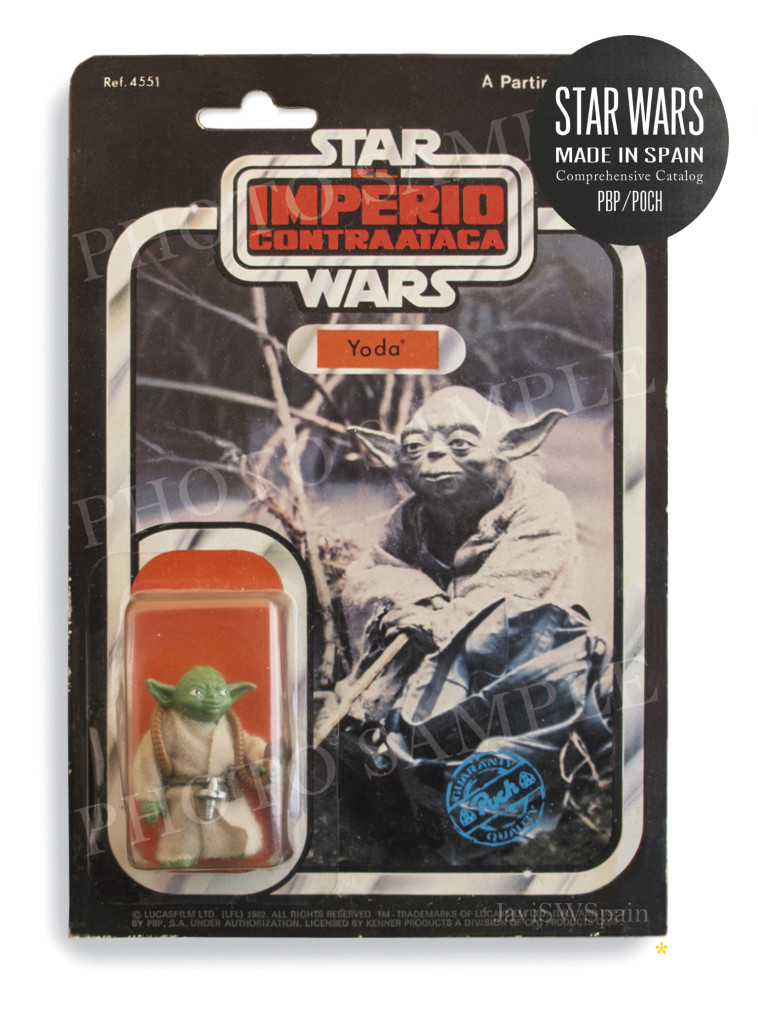
30. I’m sure, that for many, for instance U.S. based collectors, European (including PBP) Star Wars is pretty much down to figures like light blue no coo scarred PBP Boba Fetts and dark brown no COO PBP Rebel Soldiers. Do you agree with me, that Spain (PBP) produced a lot of other highly interesting figures, which are both very distinct from their Kenner counterparts paint wise as well as being widely unknown to many collectors?
Javi: Indeed, there are a lot of interesting PBP figures besides the well known ones. For example you have the Green limbs Bossk, Black neck Lando, Black Pouch Chewie etc etc
One of the most wanted PBP variants; Bossk with Pistaccio arms and feets. Piece from the collection of Agustin Diaz. I’m impressed that Javi managed to use the colour ‘pistaccio’ to describe the colour of a figure. He really is an artist…
31. What is your favourite PBP figure and why?
Javi: To me it is the PBP Luke Hoth, I always loved this figure! The different paint scheme and the detailed limbs and body look so cool to me.The original sculpt is one of the best from the whole SW production.
And here he is. Wow wow wow!
32. To me it seems that many of the particularly early PBP (Poch figures) are very poorly welded and in addition often have melt marks (especially on the back). Can you reveal, how these figures were assembled at the PBP factory and what quality control was used before the figures were put on the cards and sent to the distributors and then out to the stores?
Javi: As far as the PBP ex-employee told me, the figures were assembled like any other figure, with the torso split in two parts with a sonic wielding machine. According to him quality control was really tough; however, in some examples we can see some imperfections, which at that time would have been perfectly acceptable in production terms, I guess…
33. Did PBP run any mail offers or other campaigns similar to Kenner during the early 80s?
Javi: Yeah sure! It’s well known that PBP offered the “1 FIGURA GRATIS” (“ONE FREE FIGURE”) promotion on its cards. Nien Numb among others characters was promoted by PBP on their cards.
34. Last question: Will we ever know, with 100% certainty, what exactly happened at the PBP factory during the vintage era? Like what figures were on which cardbacks, why PBP imported Kenner stuff, what the connection to the other Kenner licensed factories was, how the production process of the PBP figures was and so on?
Javi: Many – if not all – of those questions will have their answer in a certain upcoming book, just be sure you don’t miss it !!! Jejejejej
Kenneth: Thanks so much Javi for giving me the chance to ask you a few questions and the best of luck with your book. Like many other collectors I cannot wait to obtain a sample!
Javi: Thanks for your kind words Kenneth. it was my pleasure to answer your well-chosen questions.. THANKS my friend!
VSWC: Another huge thanks from me too Javi. Thank you so much for coming onto the blog and sharing a bit about yourself and your collecting endeavours. Good luck with the upcoming book. Can’t wait to read it!
Javi: Thank you very much to you Christian, it was my pleasure. I hope this helps a bit with the general understanding of the PBP production. All the best to you and your great blog page, really you are doing an amazing service promoting vintage collecting and its collectors community. Thanks for your time and efforts and please keep on doing such a great job my friend! PEACE TO ALL.
VSWC: Thanks Javi. I’m blushing 🙂
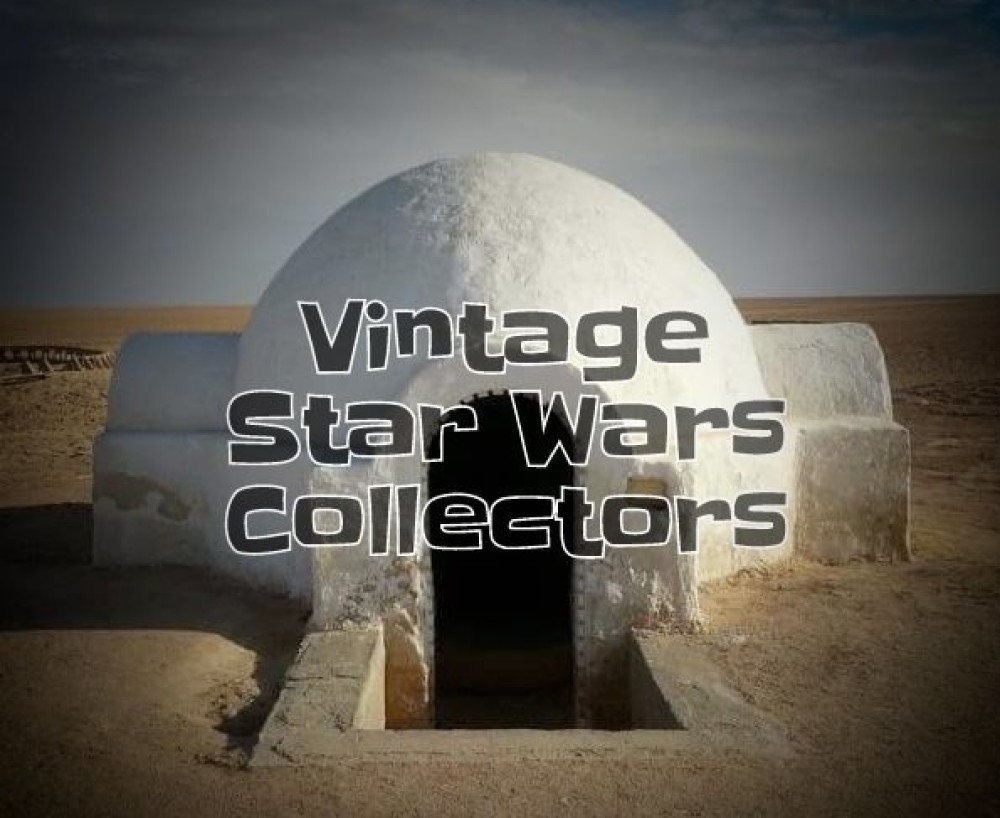
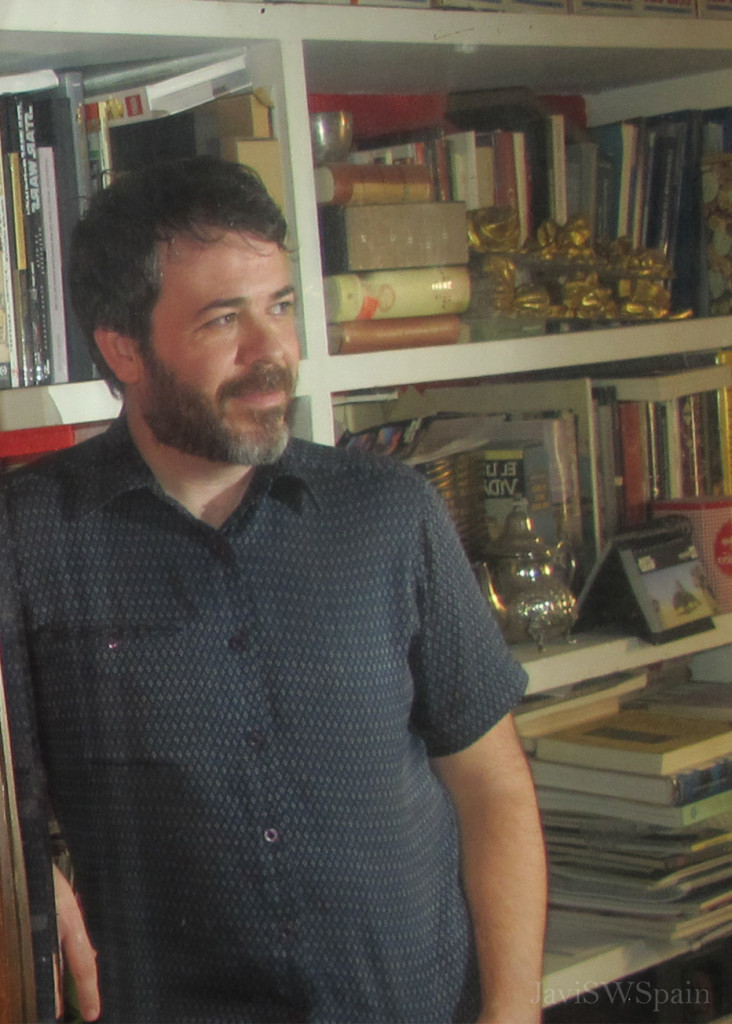
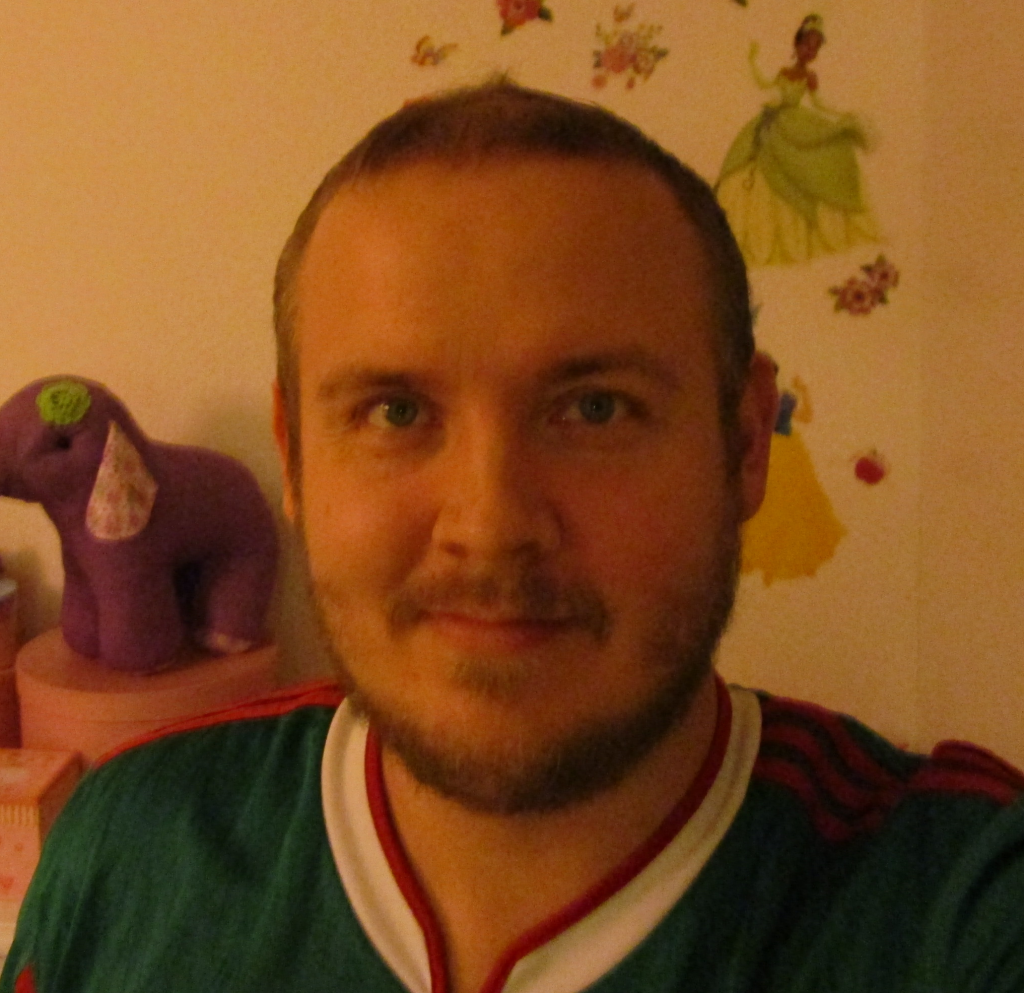
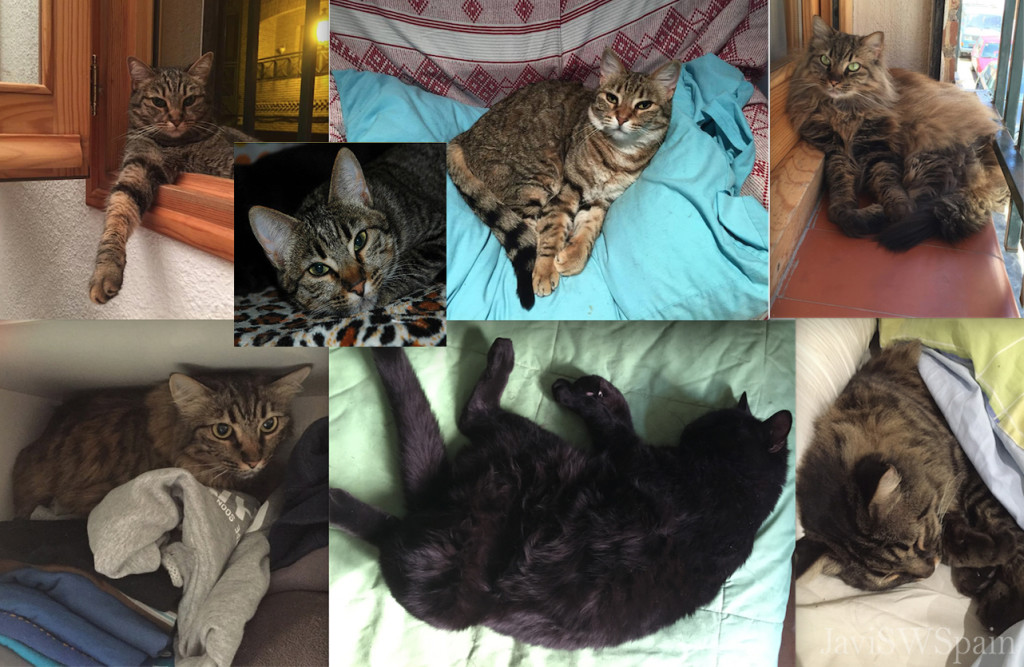
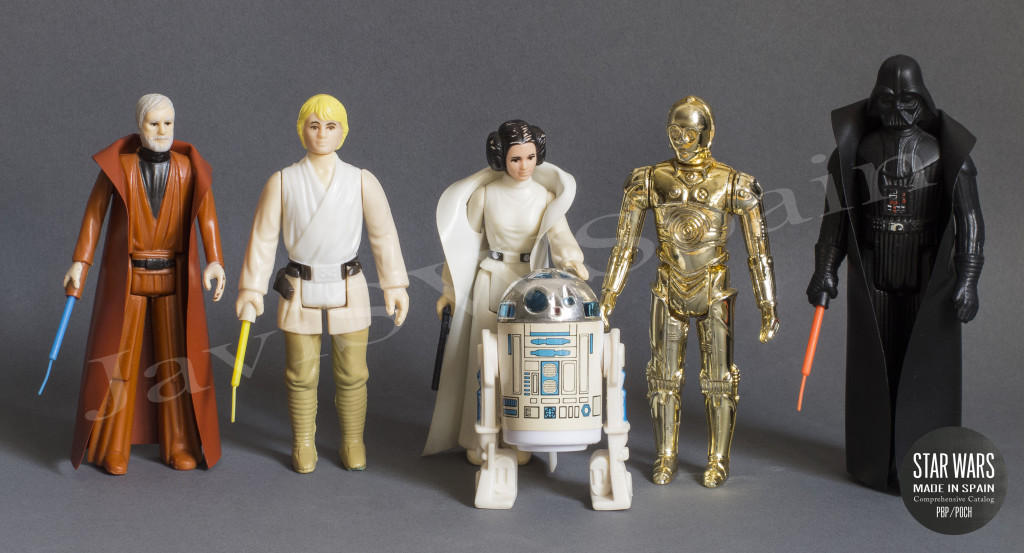
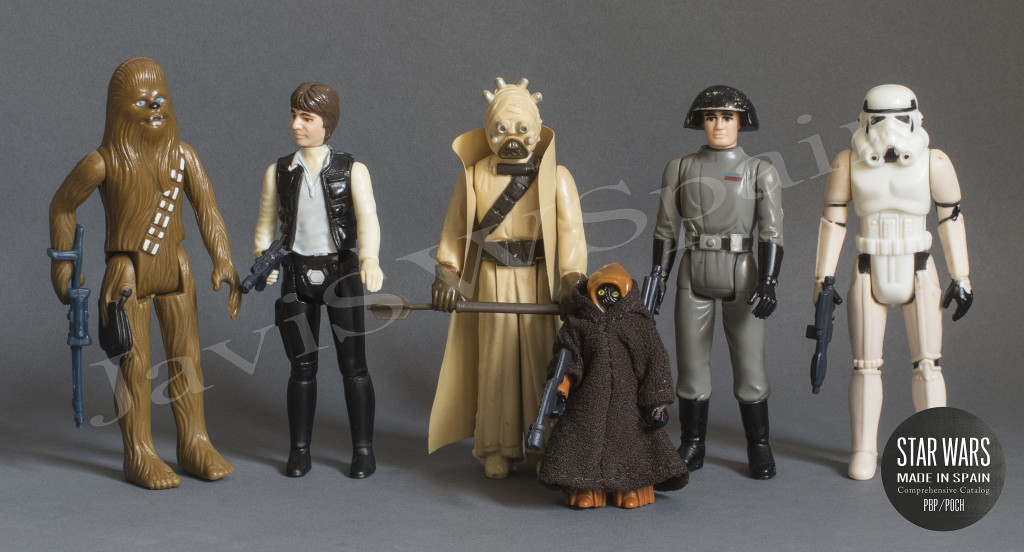
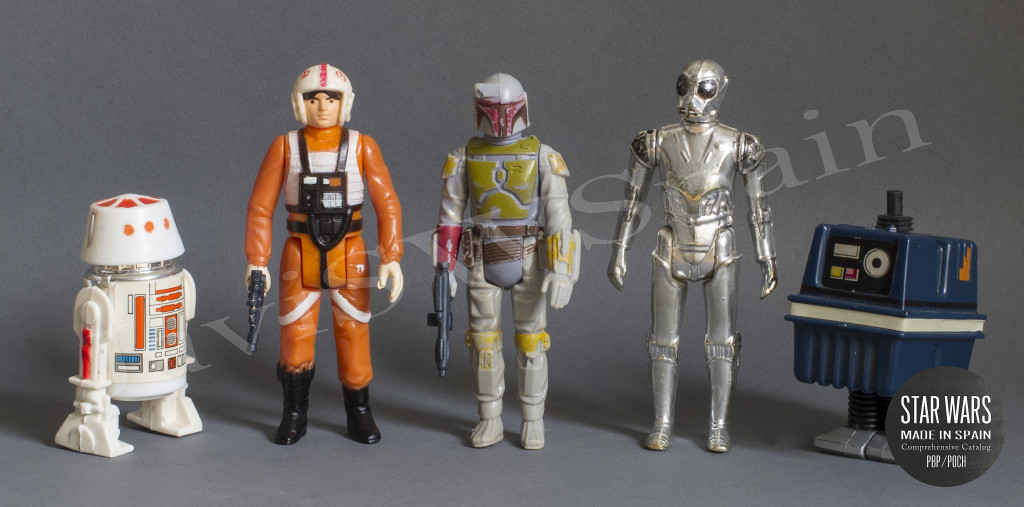
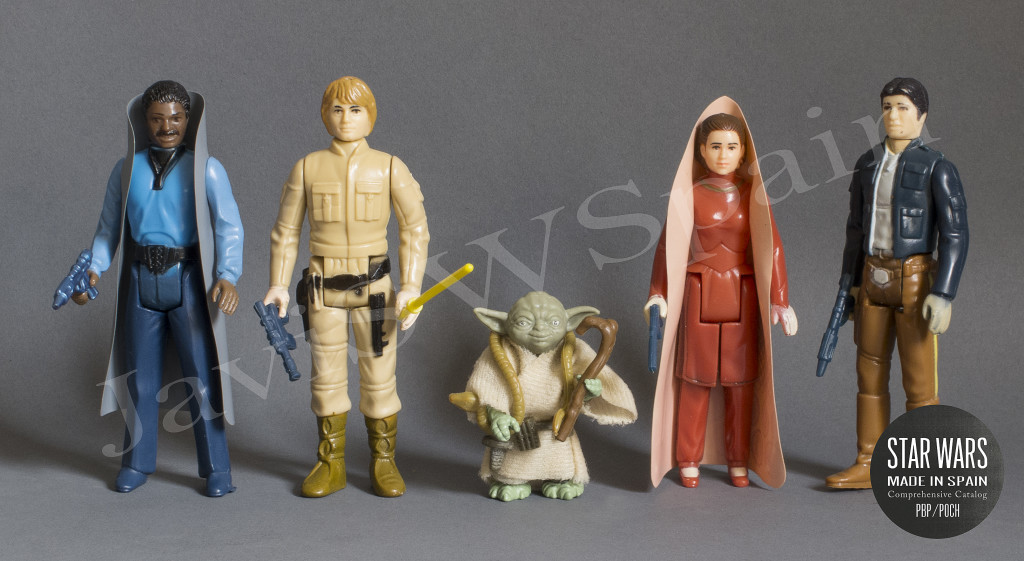
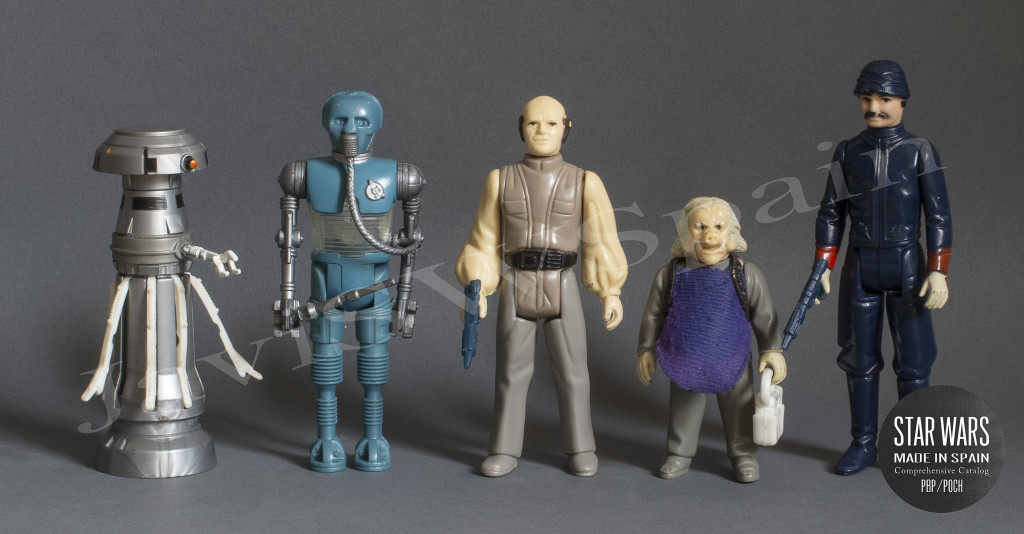
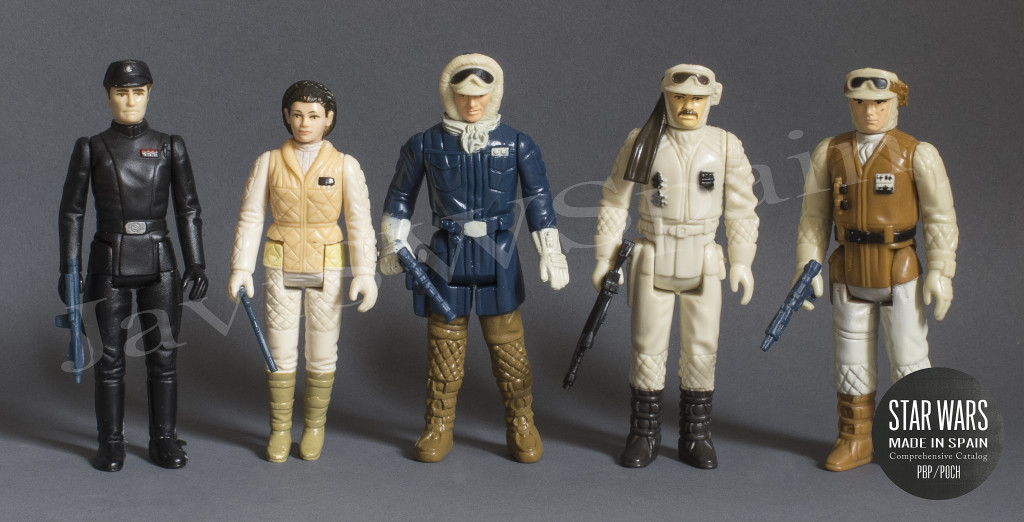
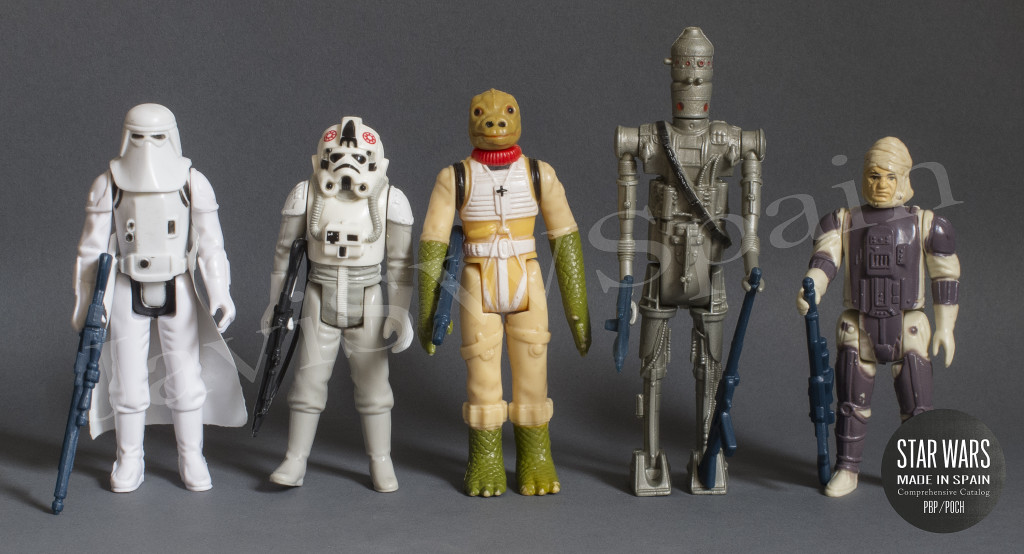
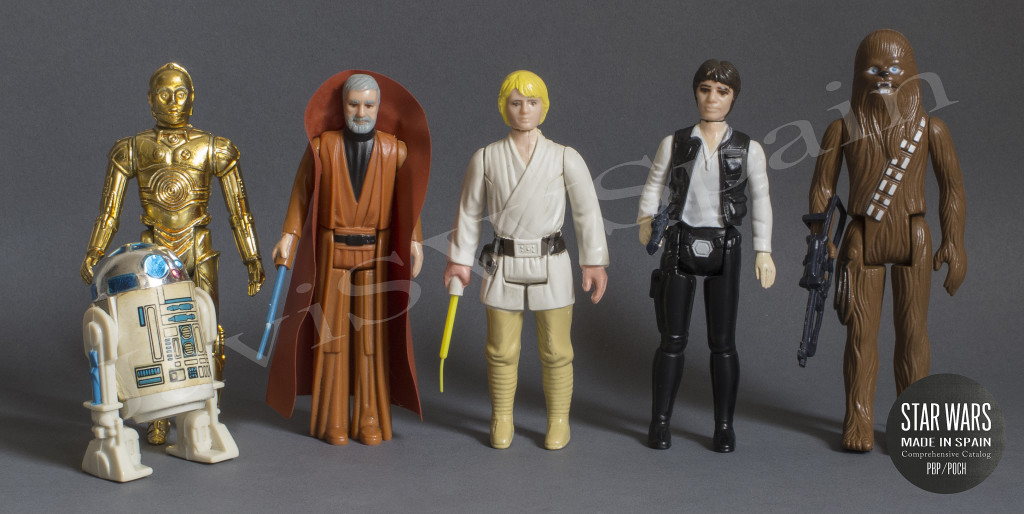
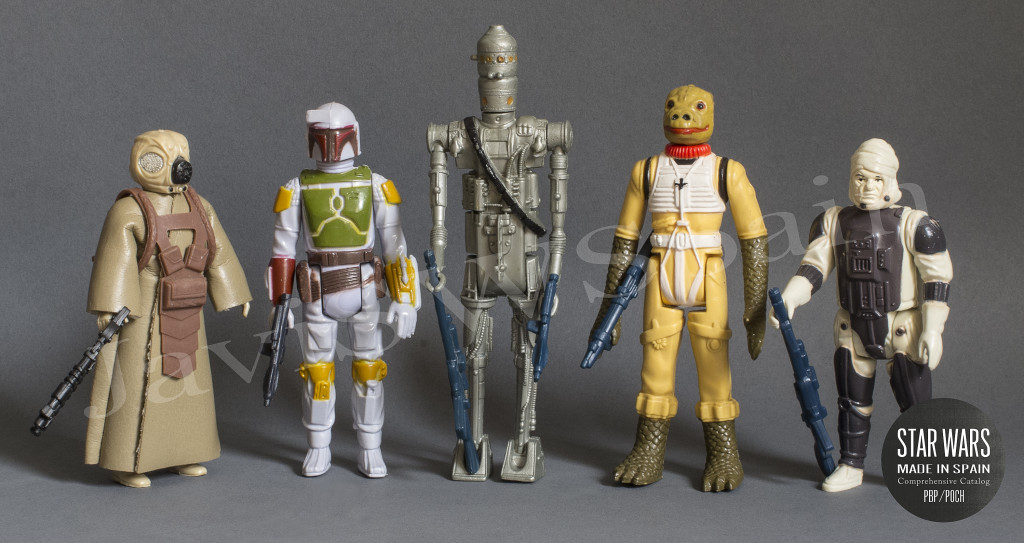
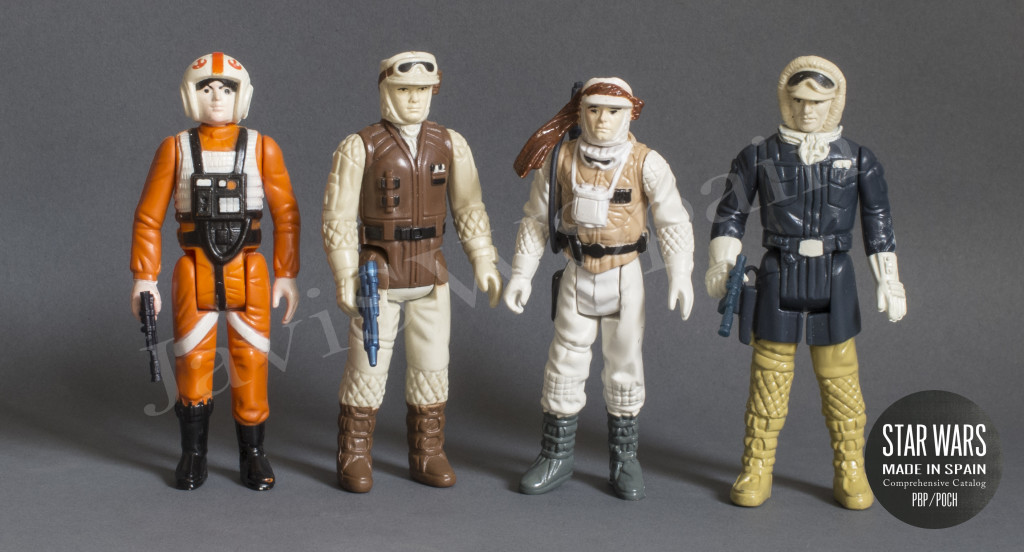
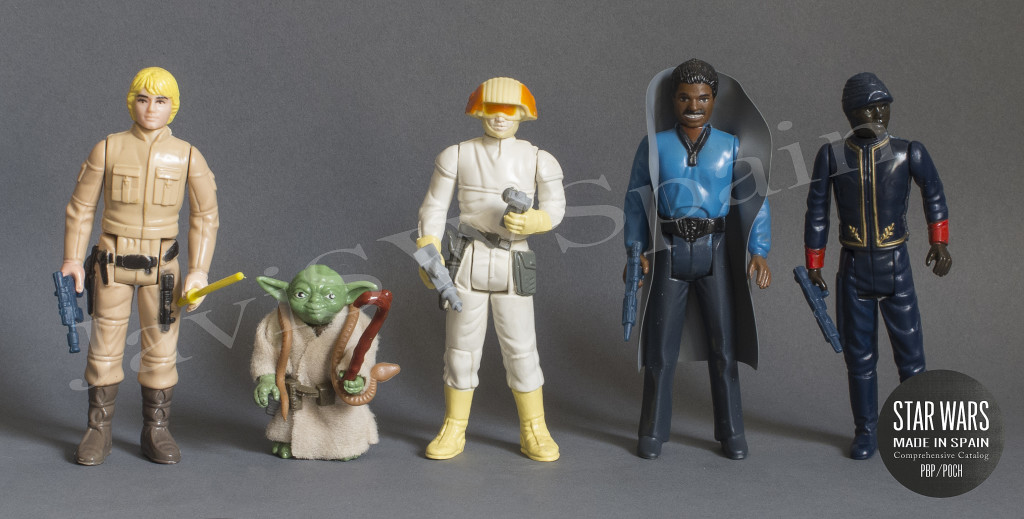
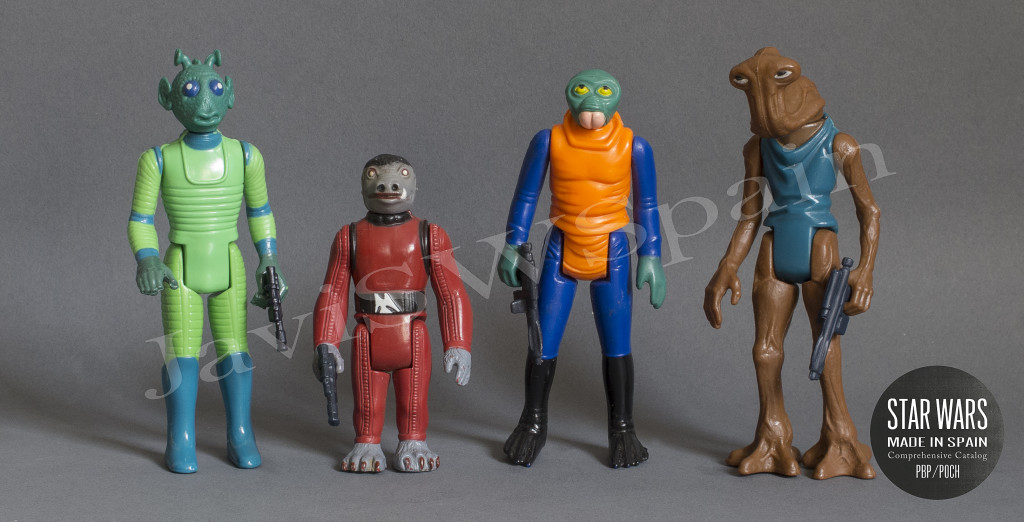
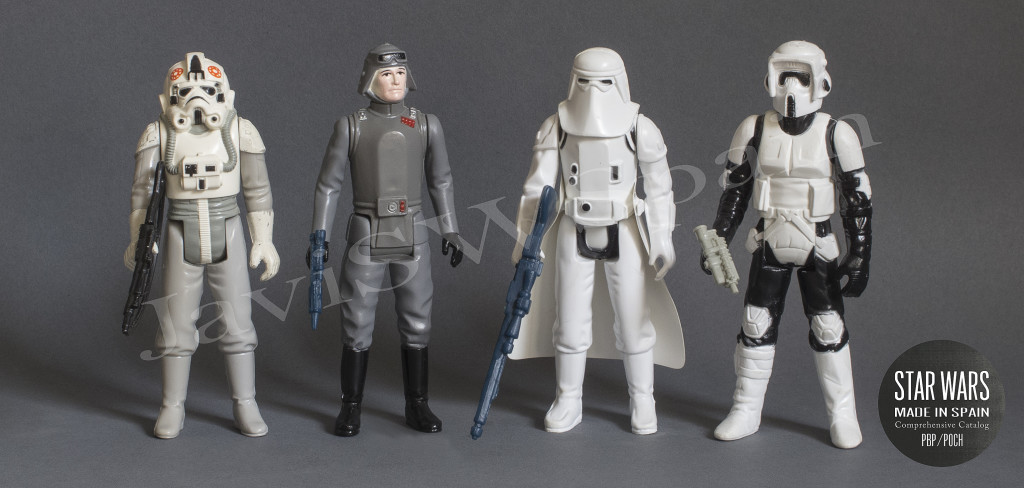
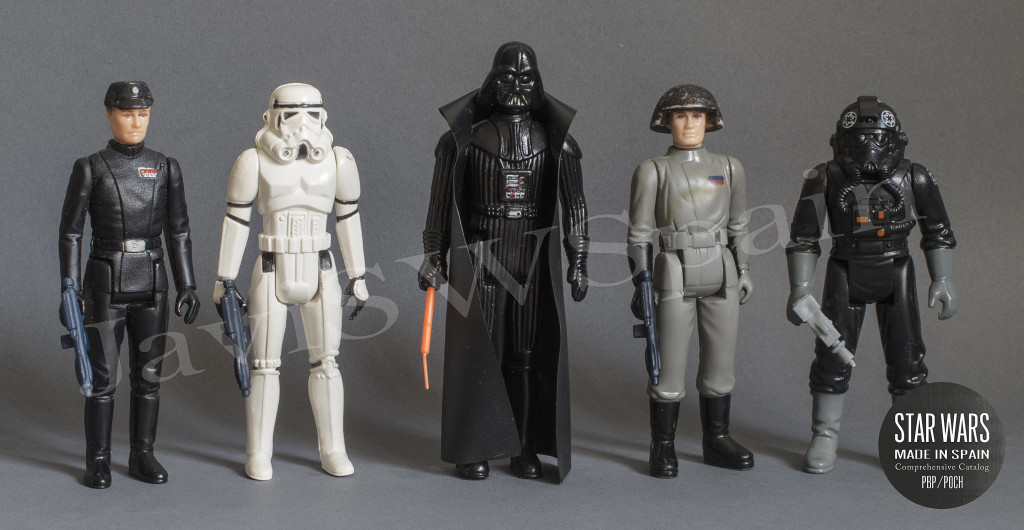
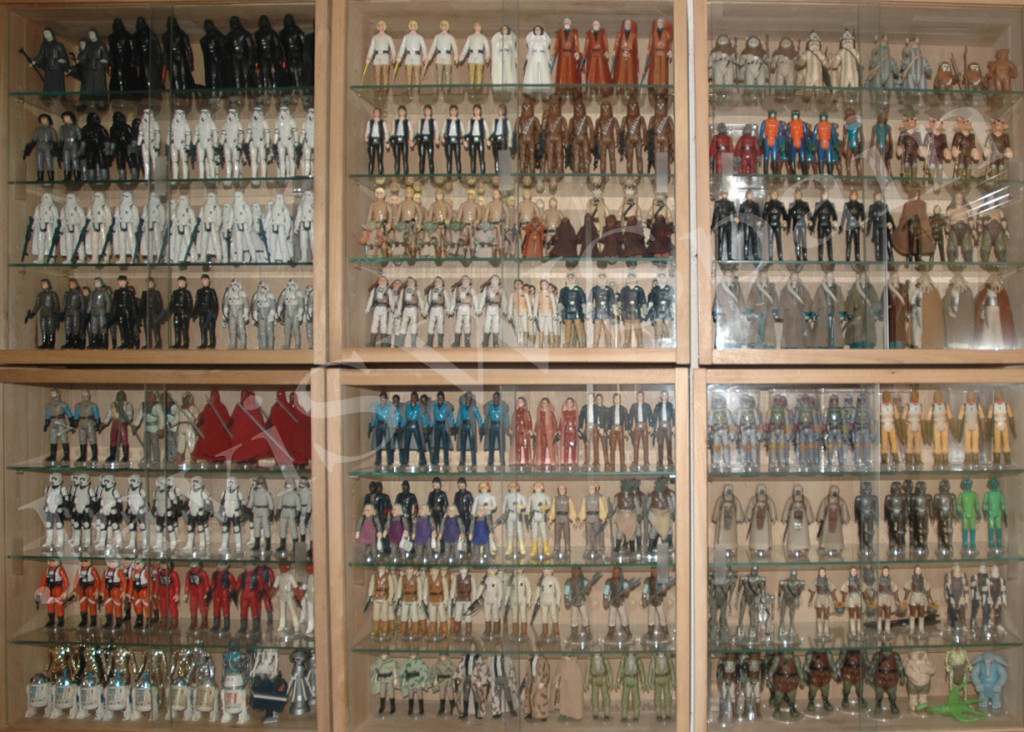

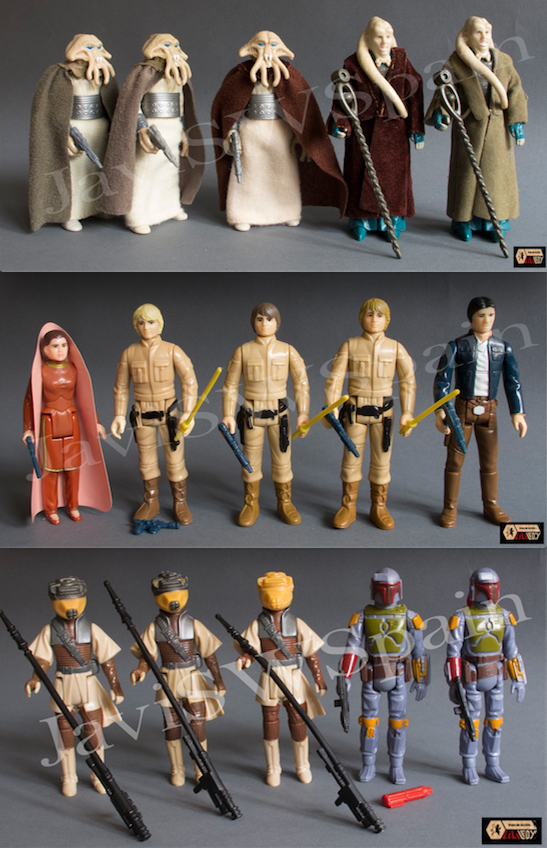
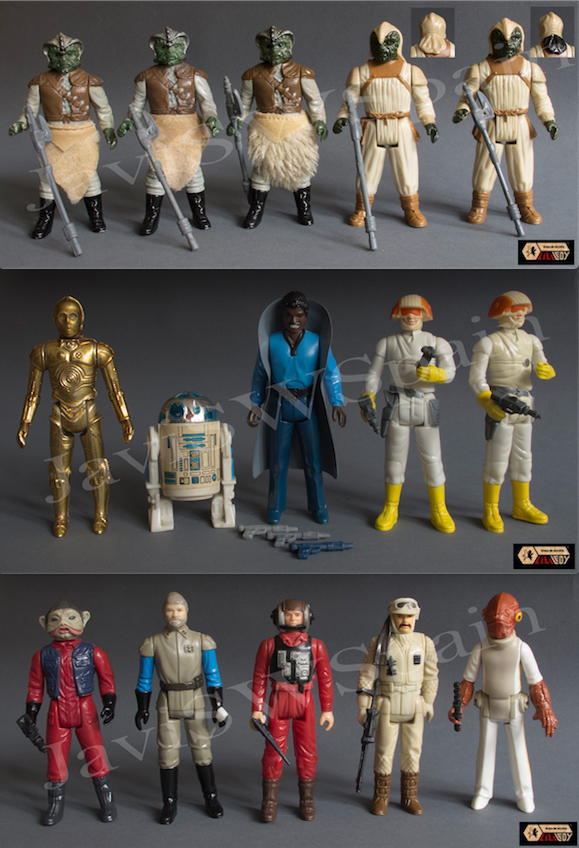
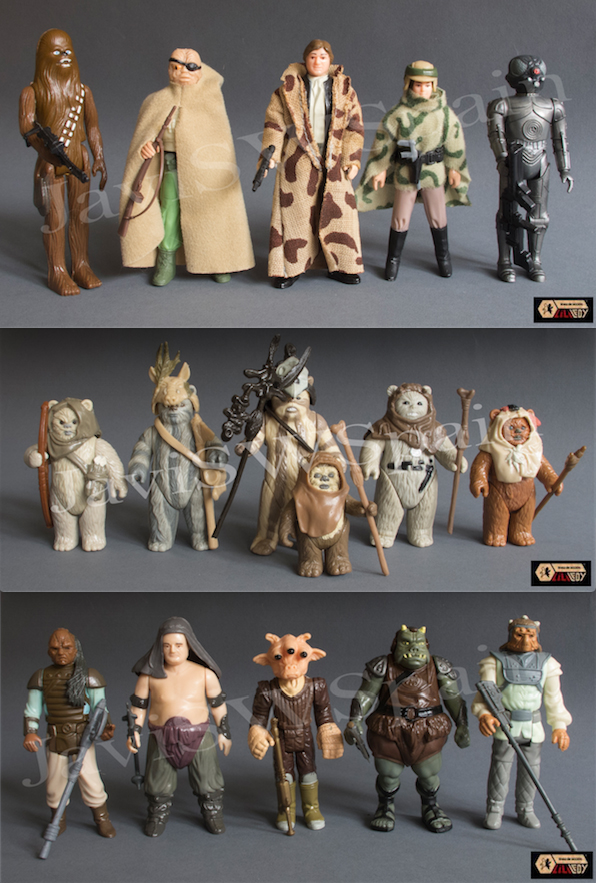

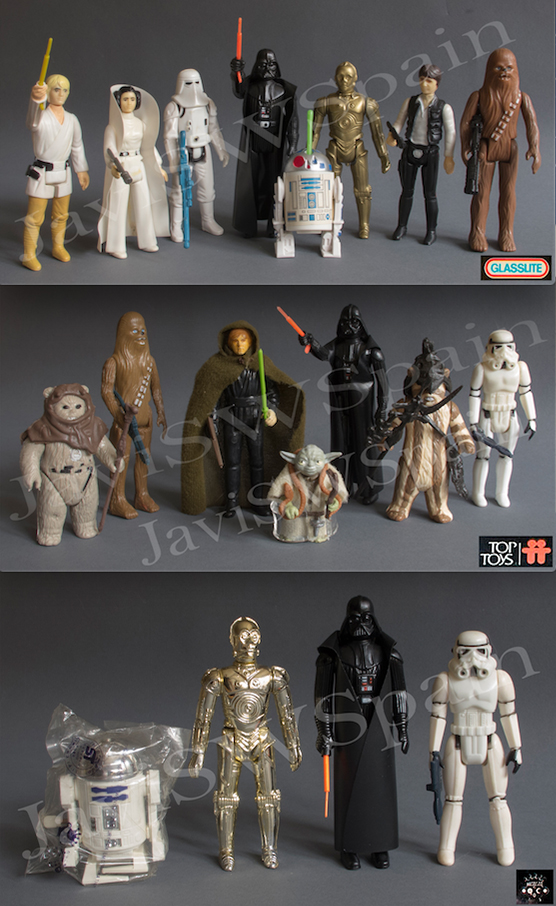
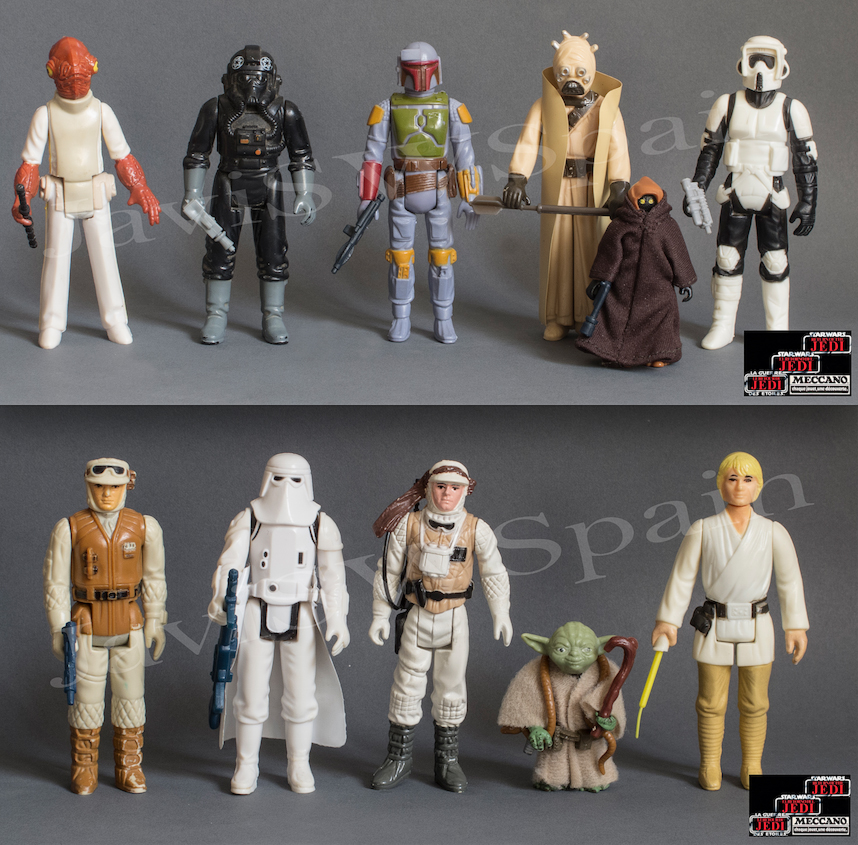
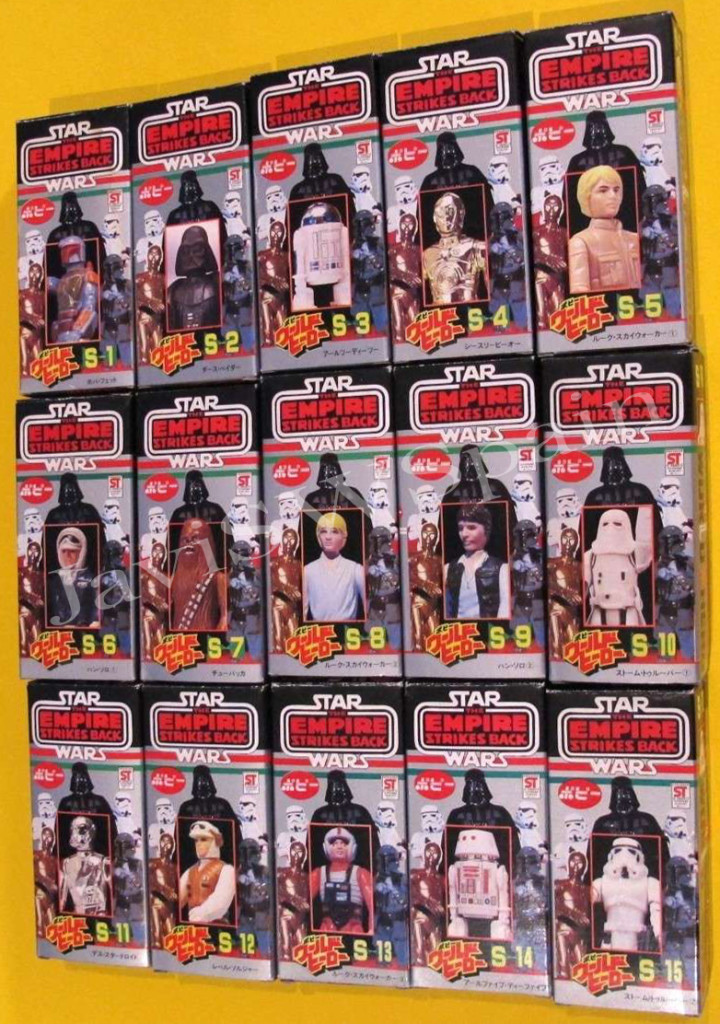

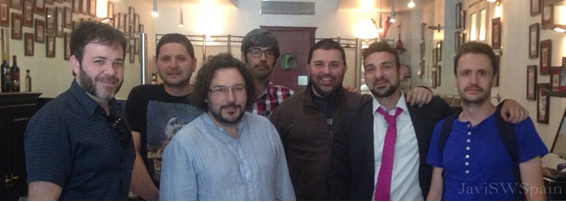

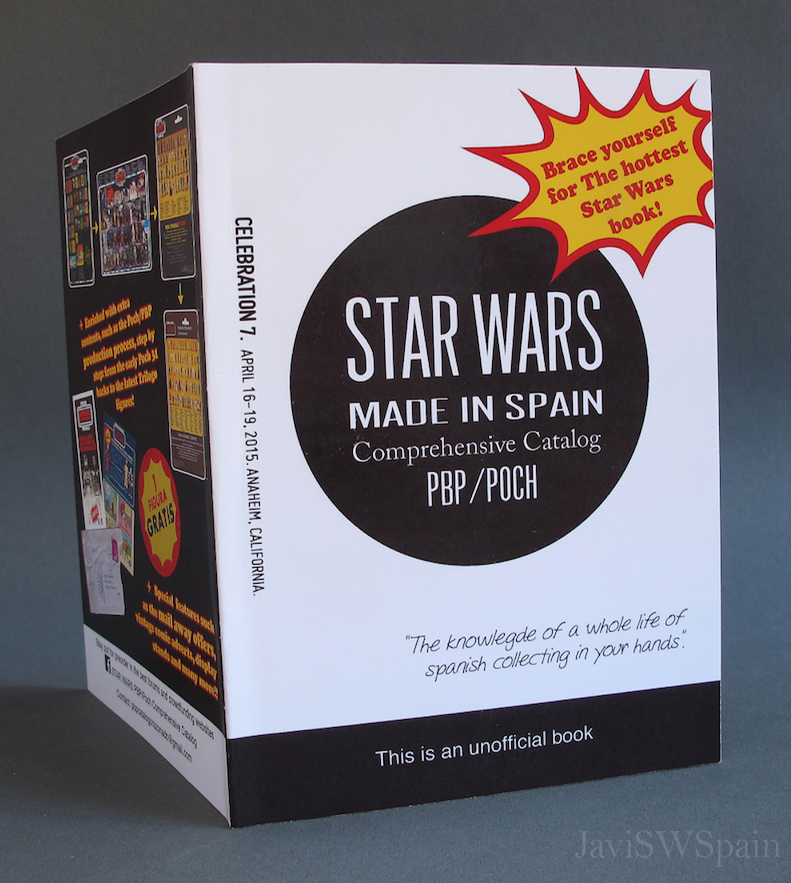
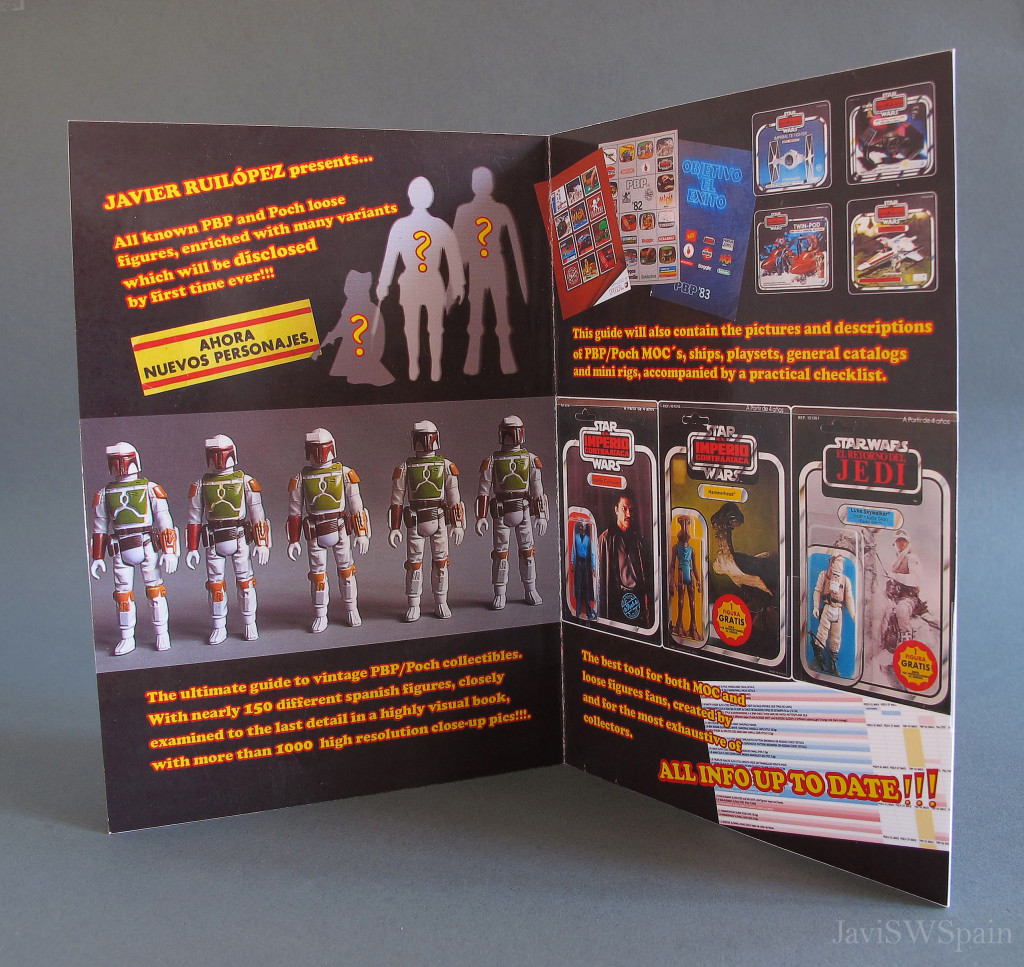
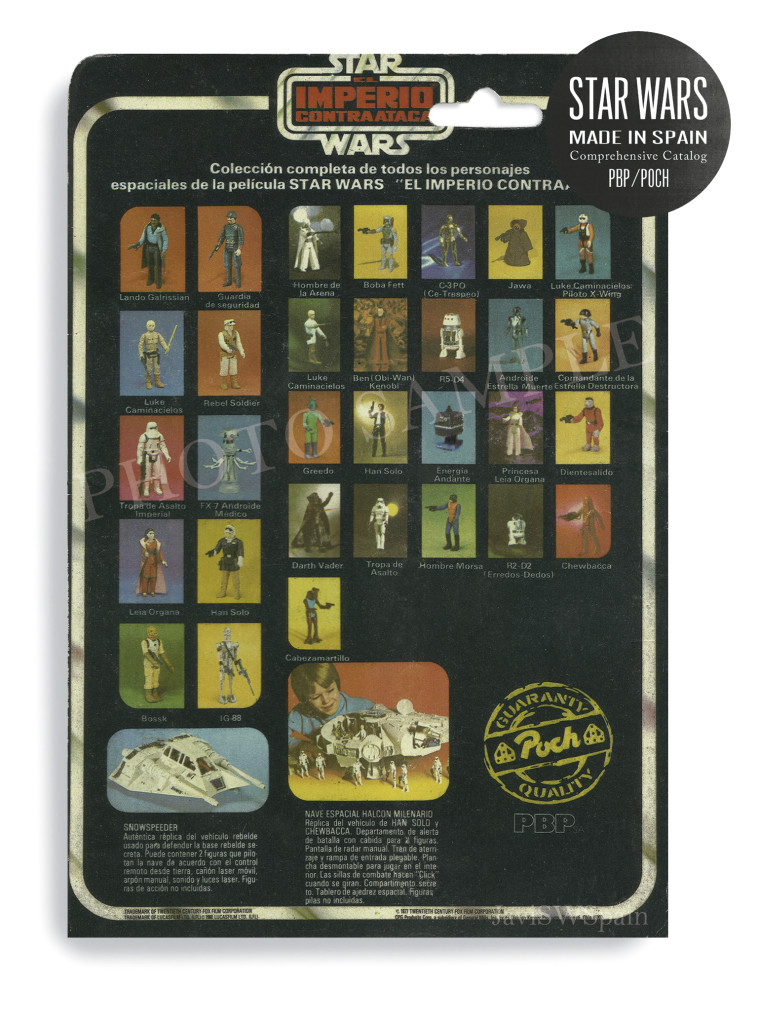
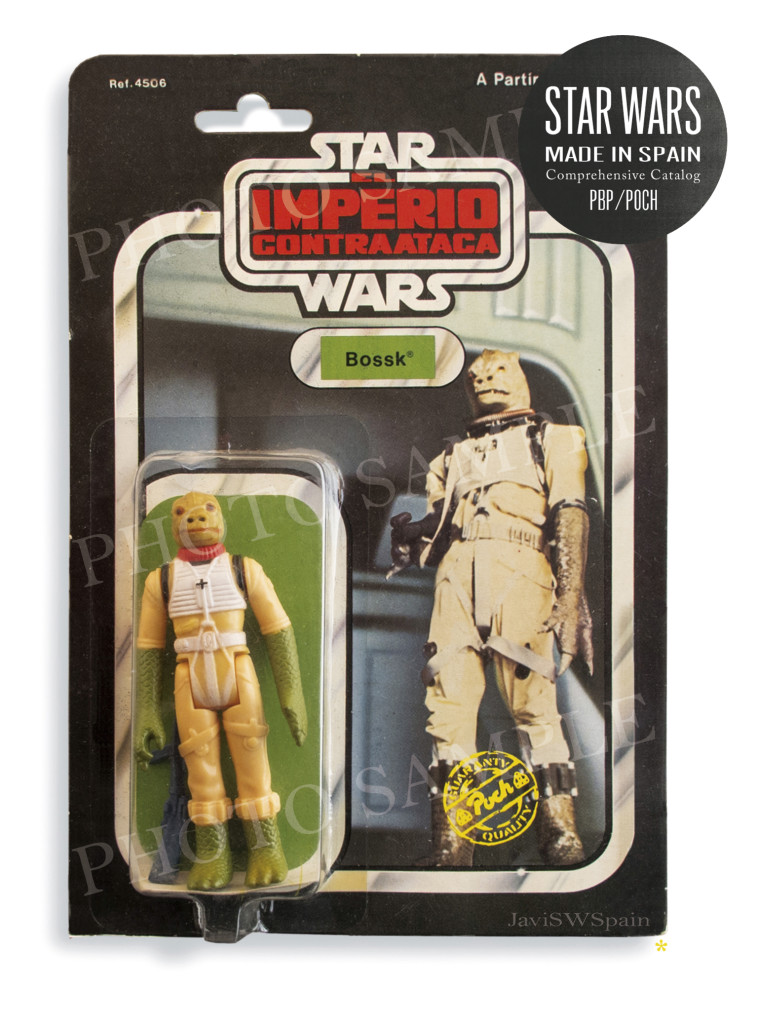
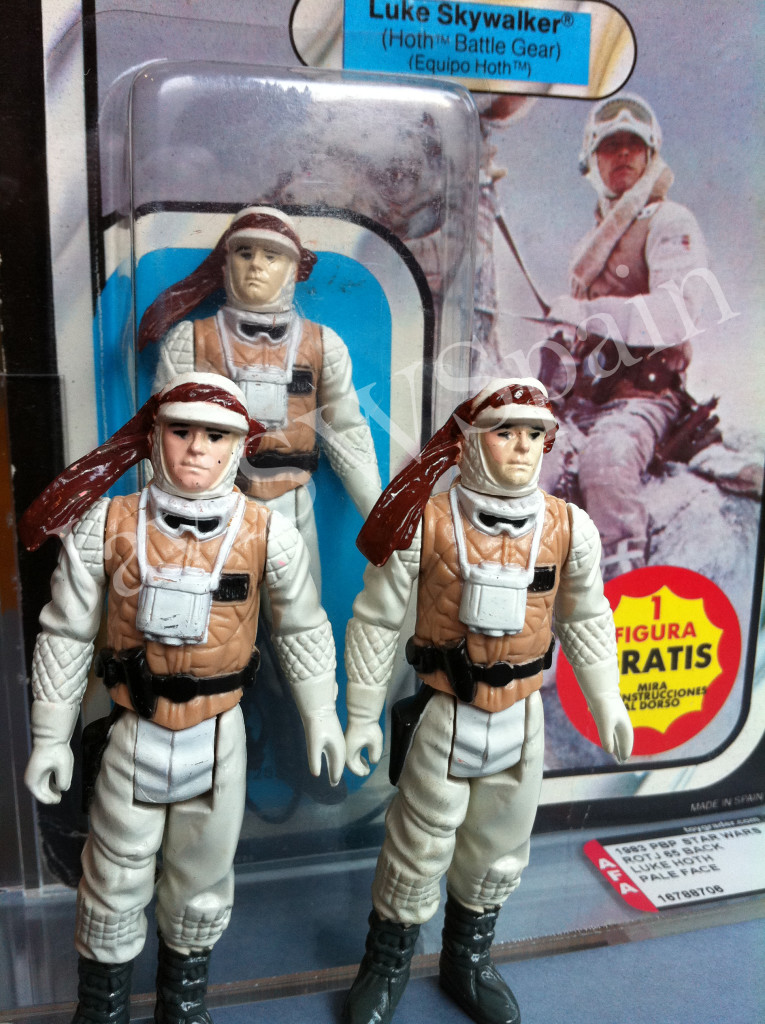
Fantastic interview Christian & Javi. Well chosen questions and very informative replies – both regarding Javi as a person/his background as well as Javi as a collector. The high quality pics are also a major plus in my book. Thanks Again Christian for letting me ask Javi all these questions. 🙂
Pingback: VSWC Blog Collector Interview #7: Javier Ruilopez - Who's down with PBP?
An awesome read and a truly magnificent collection Javi!
The book is second on my book wish list behind Playboy Spanish Edition! I need to see more of these beautiful women you talk of 🙂
Great interview Christian and Kenneth!
Hey guys,
I am very pleased, that guys like you are doing so much reseach in this stuff. I am collecting since my childhood. All the times if I have a chance I am looking for my figures. I am not involved in any Forum, I just do it by myself. Could you give me the Information, where I could buy this fantastic book? Thank you very much. Karsten